4 Easy And Surefire Ways Of Using Home Equity To Buy Another Home In Canada
Do you know that Canadians owe $295 Billion in home equity loans this year? The amount of these loans has been consistently increasing by 1.3% every month. Besides this breakneck increase in the number of people applying for home equity line of credit, around 1.5 million Canadians claim not to know how it works. This article will discuss everything you need to know about using home equity to buy a second home in Canada.
What Is Home Equity?
Home equity is the share in a property that the borrower owns when he pays down a part of his mortgage. It grows in value along with the value of their home. For example, if the value of your home is 100, 000. You have paid $80,000 of the principal loan. Your home equity is $80,000 or 80%.
As time passes, the value of the home increases from $100,000 to $150,000. Your home equity also increases without you paying any extra money. This means that you can borrow more loans for buying your new home.
Your home equity increases in two ways:
- You pay more in mortgage
- The value of your home increases over time.
Let us share the story of our clients Simon and Martha from Barrhaven. Simon and Martha were teachers and worked in a local high school. They lived in a three-bedroom home downtown besides owning a rental property. The couple wanted to renovate the rental before turning it into a second source of income. They used the HELOC on their house to borrow money that could renovate the rental.
According to Simon, he borrowed $20k to build new roofs in three rooms. Simon and Martha wanted to pay the HELOC back out of rental income over a couple of years. However, they decided to pay it through their emergency funds as they were very uncomfortable carrying the extra debt. After paying back HELOC, they replenished their emergency fund account again.
Their story is a classic example of how a HELOC can help in case of an opportunity or emergency. However, people need to be responsible and choose very carefully when to borrow. Investing in the wrong kind of project or borrowing when you have an unstable monthly income might cause you to lose your home.
Types Of Properties You Could Buy With A Home Equity
1. Rental Property
Buying a home or condo and renting it out might be a smart way to utilize home equity. The rental income can be used to pay off the debt. You can also use it as a second source of income, with the added benefit of an increase in the value of the property.
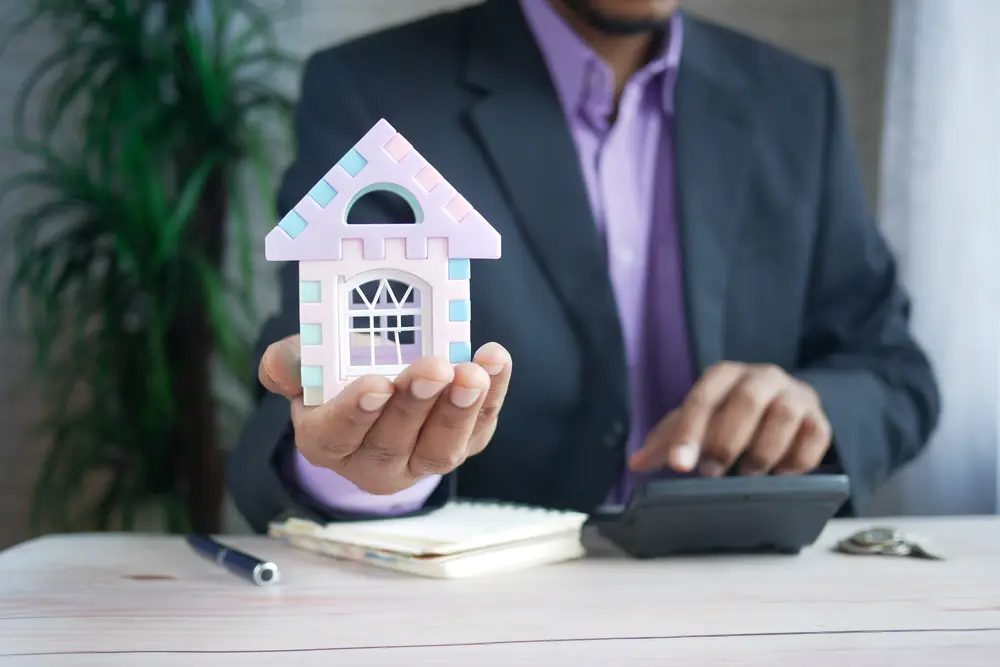
2. Investment Property
Another smart way of using home equity is to buy an investment property. The home equity loan can help you with the down payment which is 15%.
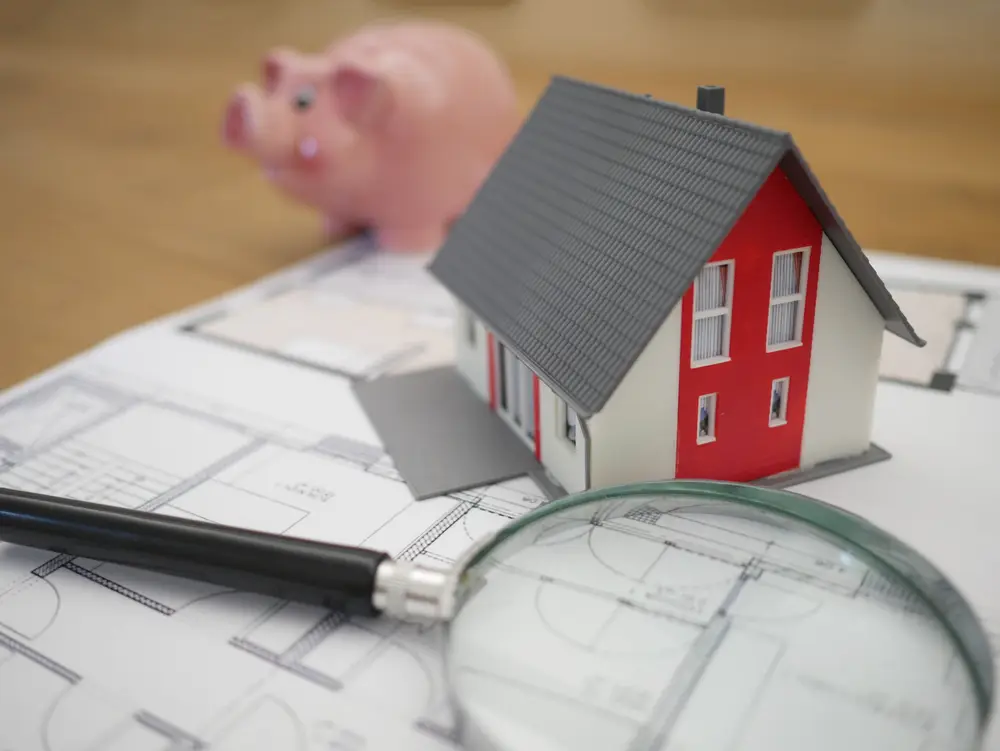

Nick Labrosse

The Most Popular Ways Canadians Use Home Equity
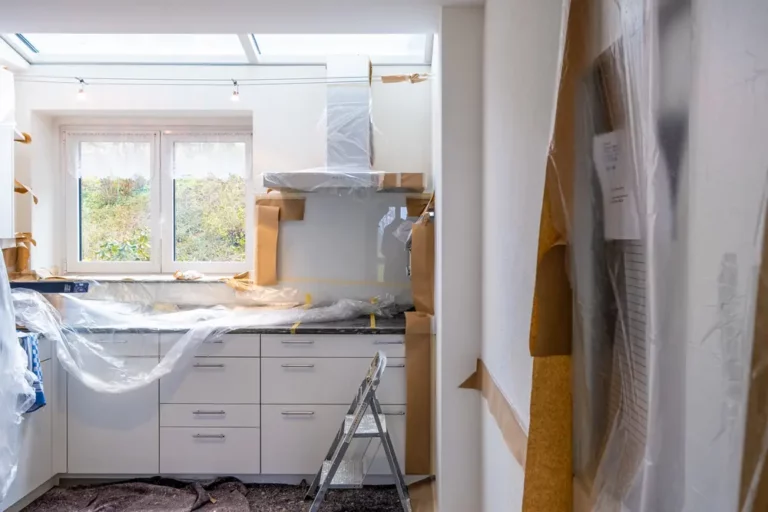
1. Renovations
Home equity loans are frequently utilized to fund home upgrades and renovations. If you invest in home renovations, you utilize the existing worth of your home to enhance its value. While taking a loan for home renovations, you should keep the project’s cost and length in mind.
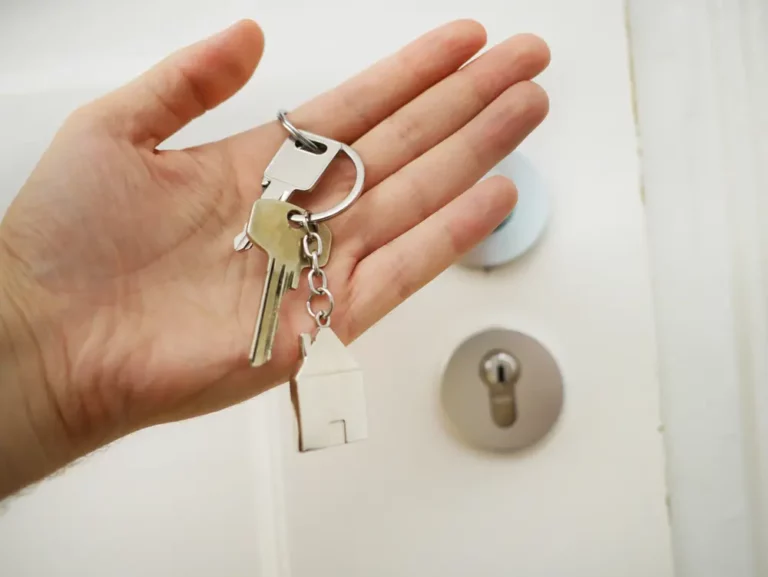
2. Purchasing a Second Property
Some homeowners utilize their home equity to acquire an investment property. This allows them more freedom than a traditional mortgage on a new house. You can pay home equity loan to make a down payment. You can pay the rest of the mortgage in installments.
4 Easy Ways Of Using Home Equity To Buy Another Home
1. Refinancing Your Mortgage
If you refinance your mortgage, you can replace the existing mortgage with a new one on different terms. This option allows you to borrow more than your current mortgage. Most Canadians use that lump sum amount to make the down payment. It could be up to 80% of your home’s appraised value. The following will be deducted from that amount:
- The balance on your mortgage
- Your total HELOC amount
- Any other loans secured against your home
You are required to pay the following fee:
- Appraisal fees
- Title Search
- Title insurance
- Legal fees
2. Getting A Second Mortgage
It is another loan secured on your home. You can borrow 80% of your home’s assessed value, minus the balance on your first mortgage. It usually comes with a higher interest rate so they are riskier for the borrower.
The loan is backed by the equity in your property. You must continue to pay off your first mortgage while paying off your second mortgage too.
If you are unable to make your payments and your loan defaults, you may lose your house. If this is the case, your house will be sold in order to pay off both your first and second mortgages. The first mortgage lender would get paid first.
When you apply to get a second mortgage, you may be required to pay the following:
- Appraisal fees
- Title Search
- Title insurance
- Legal fees
3. Getting A Reverse Mortgage
You may borrow up to 55% of the value of your house with a reverse mortgage. To qualify for a reverse mortgage, you must be a homeowner and at least 55 years old. Repayment in the case of a reverse mortgage is due in one lump sum amount. It is due at the end of the loan period when the homeowner sells the home.
When you apply for this a reverse mortgage, you are required to pay the following:
- Appraisal fees
- Title Search
- Title insurance
- Legal fees
4. Home Equity Line Of Credit
A Home Equity Line Of Credit works like a standard line of credit. It allows you to borrow money up to your credit limit. You can withdraw funds from HELOC as required. You can also repay it or borrow it again. It requires regular payments when the money has been received by the borrower.
HELOC is backed by your house and its interest rates are changeable. HELOC rates change when the market rates rise or fall.
Home Equity Line Of Credit requires administrative fees such as:
- Appraisal fees
- Title Search
- Title insurance
- Legal fees

Nick Labrosse

Home Equity Line Of Credit VS. Home Equity Loans
Home equity line of credit (HELOC) is slightly different from Home Equity Loans. Home equity loans provide the borrower with a lump sum upfront in exchange for making set payments throughout the term of the loan. Fixed interest rates are also available on home equity loans. HELOCs, on the other hand, allow borrowers to draw on their equity as needed up to a predetermined credit limit. HELOCs have variable interest rates and payments are not always fixed.
Can You Utilize Your Home Equity Loan To Buy An Investment Property?
Leveraging home equity to purchase a new house is the most basic and cost-effective choice for borrowers. If you are looking forward to leveraging home equity, you will have to go through the following to be approved:
- Credit Score Checks
Lenders will require a credit score check to ensure that you don’t have a history of loan delinquency.
- Income checks
Taking out a second mortgage means that you might have to pay two monthly payments. Your lenders might want to make sure that your monthly income allows you to pay the mortgage every month.
Pros Of Using Home Equity
To Buy A Second Home
- Utilizes your investments for higher gains.
- Lower fees and closing costs.
Cons Of Using Home Equity
To Buy A Second Home
- Risk of losing your home
If the borrower’s economy, health, or job takes an unexpected turn, the borrowers are left struggling to make payments. They can lose their home in the worst-case scenario - Interest Rates
Most home equity options will require refinancing an existing mortgage. These second mortgages come with a higher interest rate.
Conclusion
Having enough home equity means that you can get a home equity loan to purchase another property. On the downside, if you are unable to keep up with the loan payments, you can lose your house. Besides a home equity loan, other options to finance your home are a Home Equity Line Of Credit (HELOC) refinancing your mortgage, getting a second mortgage, or getting a reverse mortgage.
If you have enough equity in your house, you can utilize a home equity loan to purchase another property. One significant disadvantage is that if you are unable to keep up with loan payments, you may lose your house. A HELOC, personal loan, or cash-out refinancing are all options for achieving the same aim and may be a better match for some borrowers. Each has benefits and drawbacks.
FAQS
Yes. You can finance a part of your house purchase with a home equity line of credit and the remainder with a fixed-term mortgage.
Yes. You can invest your home equity in shares, individual stocks, managed funds, index funds, ETFs or retirement accounts. You can also buy an investment property with your home equity.
If you meet all the income and debit requirements, you can mortgage two houses at the same time.
